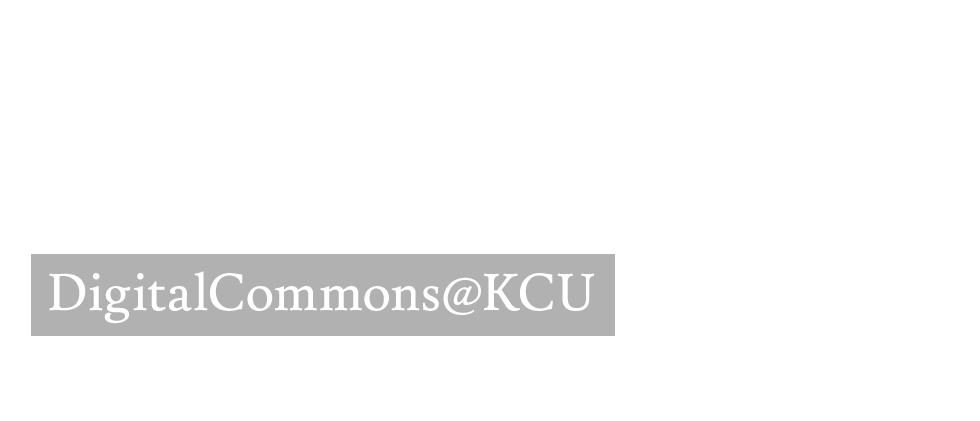Document Type
Article
Publication Title
Addictive Behaviors Reports
Abstract
Background and objectives: Exposure to discrimination stands as a prevalent social stressor and social determinant of health. This study sought to examine mechanisms linking perceived racism and discrimination (PRD) with youth cannabis use.
Methods: Data were drawn from the 2021 Adolescent Behaviors and Experiences Survey (n = 7,705). Latent variables were constructed to assess stress and mental health, sleep disorder and lack of physical activity, lack of family and peer support, and financial adversity. Separate mediation analyses were conducted to examine the pathways from PRD to current (past 30-day), and frequent (≥20 days in the past 30-day) cannabis use, adjusted by sociodemographic factors.
Results: Adolescents with PRD (vs. no PRD) reported a higher prevalence of current use (16.2 % vs. 10.9 %, p < 0.0001) and frequent use (4.6 % vs. 2.7 %, p = 0.008). Stress and mental health mediated the pathways from PRD to current (βindirect effect [SE] = 0.02 [0.01], p = 0.02) and frequent cannabis use (βindirect effect [SE] = 0.03 [0.01], p < 0.001). Financial adversity was associated with current (β [SE] = 0.15 [0.06], p = 0.01) and frequent cannabis use (β [SE] = 0.26 [0.08], p = 0.002). Sleep disorder and physical activity did not significantly mediate the relationship between PRD and current or frequent cannabis use. Lack of family and peer support showed no association with cannabis use.
Conclusions: This national study identified important latent factors that are associated with youth cannabis use. Targeted interventions that reduce stress might mitigate the impacts of PRD on adolescent's cannabis use.
DOI
10.1016/j.abrep.2025.100590
Publication Date
2-8-2025
Keywords
Cannabis use, Mediators, Perceived racism and discrimination, Structural equation model
ISSN
2352-8532
Recommended Citation
Dai HD, Young B, Beseler C. Mechanism that Links Perceived Racism and Discrimination and Youth Cannabis Use, A Structural Equation Modeling Approach. Addictive Behaviors Reports. 2025; 21. doi: 10.1016/j.abrep.2025.100590.

